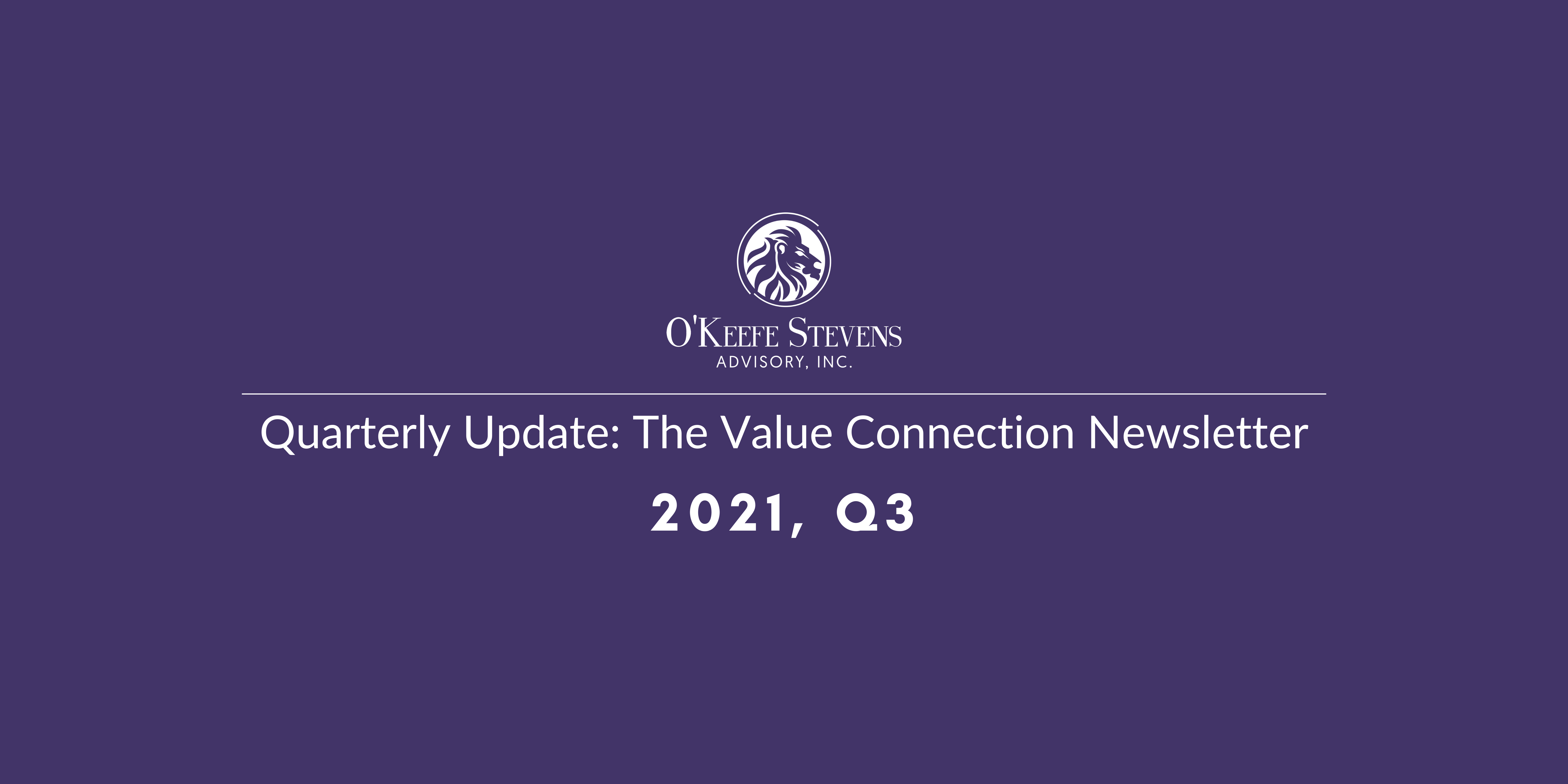The Value Connection – Q3 2021
Team Updates
Adam and Whitney Deutsch married on June 26th in Rochester, NY. Adam continues to be a great addition to our team. He is managing client relationships and adding new ones through his networking efforts. We are also excited to include Whitney in our OSA Family. You will have a chance to meet the newlyweds in the coming year. We have re-opened our doors to in-person meetings and client events.
Adam is on pace to sit for his CFP® exam this fall and didn’t miss a beat with his studies during the wedding planning. Whitney kept busy completing her coursework to become a certified paralegal. She works for the Rochester-based law firm, Boylan Code.
Adam and Whitney celebrated their marriage by visiting Las Vegas following the wedding. The honeymoon will happen in 2022 when travel is less restricted. Congratulations to Adam and Whitney!
Carly Flanigan completed the Certified Securities Compliance Professional (CSCP®) Program in May. This is a graduate-level certification program for Compliance Officers. The University of St. Thomas School of Law and the National Society of Compliance Professionals host the certification program. The focus is on Securities and Exchange Commission (SEC) and Financial Industry Regulatory Authority (FINRA) regulations. These laws govern both Investment Advisers and Broker-Dealers.
The topics covered Compliance Program Design, Ethics, Conflicts of Interest, Policies and Procedures, Testing, Risk Management, Regulatory Filings, and Books and Records. Carly’s job is to ensure we are compliant with industry regulations. Her efforts make us a better firm. And she ensures our clients’ best interests are upheld. Be sure to congratulate
Market Perspective
Inflation on the Rise
Written by: Justin Stevens
Prices are on their way up. You have likely noticed the price at the pump is higher. And groceries are creeping up in cost. Home prices are up across the nation by 14.59% from this point last year 1. Home materials like lumber and copper hit record-high prices. We maintained our prediction that inflation would arrive for years. Now that it is here, the questions are will it stay? And how do we plan and invest in an inflationary environment?
Let’s start with the basics: What is inflation? Inflation is the decline of purchasing power of a given currency over time. It is the rate at which the value of a currency is falling. Thereby causing the level of prices for goods and services to rise. We measure inflation in the US as a percentage rate. The Consumer Price Index (CPI) tracks the change in prices for a basket of goods and services. This rate provides a rear-view mirror look at what is happening to prices. There are limitations to this method. The index is not accommodative to rapid price changes in key areas like housing. Today, the economy is experiencing higher actual inflation than the CPI rate suggests.
We believe the two big risks for retirees are Inflation and Longevity. These two items are attached at the hip when it comes to your retirement. If you live a long life, and the purchasing power of your dollars is declining each year, you will run out of money. The question then becomes, how long will it take to run out? In a low inflation environment, the risk is much lower. But higher rates of inflation mean purchasing power declines could occur much sooner.
In our lifetime Venezuela and Zimbabwe experienced hyper-inflation. Their currency became worthless, leaving the citizens stripped of their wealth. In the 1970’s the United States experienced “Stagflation”. This decade-long period saw rising costs, high unemployment, and stagnant economic demand. Compared to today, these comparisons seem extreme. We have lived in a low inflation environment for many years. But, the seeds of inflation grow over time. Excessive monetary stimulus, supply shortages, and increasing consumer demands are contributors to inflation. Today we have all these ingredients in our economy. It is too soon to tell if this episode of greater inflation will conclude soon, or if it is here to stay.
There are self-reinforcing properties to inflation. It will be hard for the Federal Reserve to combat the momentum. Keeping rates low will not curb the fear of rising prices for consumers and businesses. Nor will injecting more stimulus money into the economy. When prices are rising consumers and businesses make purchases sooner. They prefer to pay now rather than risk paying more later. And today, consumers and businesses are flush with cash thanks to the stimulus money. And financial institutions have record-high required reserves. Soon this money will become less restricted. This will lead us to a “too many dollars, chasing too few goods and services environment.” And that will push prices higher yet. Once the inflation train is moving, it’s hard to stop it.
This is why we need to own assets that continue to appreciate and create growing income. When you go to work each year, you strive to earn a raise. This helps you keep up with rising costs and improve your life with a bigger paycheck. When you retire, this goal should remain the same. Owning a home and receiving Social Security benefits are a good start. Their values increase with inflation. But if your needs are more than modest, you will need more income growth to sustain your lifestyle. The prescription we advise is moderate levels of cash to limit the loss of purchasing power. A large allocation to growth assets is the best way to protect purchasing power. And limit the exposure to fixed income assets like pensions, bonds, and annuities. These three tactics will help avoid declining purchasing power.
We pay attention to these critical things for retirement success. Creating rising income is an essential component in our investment selection process. We keep our focus on getting the big picture decisions right. Equities prevail when held for the long term. Besides growing their value, they produce the best growth in income. The discipline to keep these holdings in the face of volatility is the hard part. We are here to provide you with insights and confidence when market conditions change.
We covered inflation on our Quarterly Call for investors. In case you miss the live recording on July 14th, you can access the replay on our website, www.okeefestevens.com.
As America continues to recover from the COVID-19 pandemic in the first half of 2021, the economy and the equity markets made significant progress. This midyear report is divided into two parts. First is a brief recap of our shared investment philosophy; second is our perspective on the current situation. We welcome your question/comments.
General Principles
At O’Keefe Stevens we believe the most important thing is to stay long-term, goal-focused, and plan driven. We own stocks for the premium return they provide over other types of investments, and we understand fully that volatility is the price we pay for these premium returns. To weather the storms of volatility, we have found that the best course for us is to formulate a financial plan – and to build portfolios – based not on a view of the economy or the markets, but on our most important lifetime financial goals.
US Stocks, in general, have appreciated approximately 70 times since 1960; the cash dividend of the Index has gone up about 30 times. And over that same period the Consumer Price Index has increased by a factor of 9. Equities have, and continue to be, the most efficient hedge against long-term inflation and generator of real wealth over time.
We believe this is going to continue in the long run, and it is why our investment policy of owning stocks in well-financed companies remains unchanged.
By acting continuously on a rational plan, rather than reacting to current events, we have the best chance for long-term investment success. Unless our goals change, we see little reason to alter our financial plan. And if our portfolio is well-suited to the plan, we do not often make significant changes to it.
We do not believe in forecasting the economy or timing the markets. We are convinced that the most reliable way to capture the long-term returns of equities, is simply to ride out their frequent but ultimately temporary declines. The big decision to get right is to own equities because of their substantial long-term results compared to fixed investments.
The performance of our equity portfolio relative to the benchmark is irrelevant to investment success as we define it. And we have no control over it. The only benchmark we care about is the one that indicates whether you are on track to achieve your financial goals. We focus on installing successful habits and behaviors and we make minor adjustments to keep you on track. When we make this shift in focus, we take control over what the things that matter, and eliminate unneeded efforts or stress on the areas over which we have limited influence.
Current Observations
The American economy continued its dramatic recovery in the first six months of 2021. Effective vaccines continue to become more accessible in the US and around the world. The Federal Reserve provided massive monetary and fiscal accommodation. And, the economy showed how fundamentally resilient it is when the world changes, a quality which should never be underestimated.
Equity markets across the board are up since the end of 2020. And over the prior 12 months, the improvement is even more dramatic. US stocks are logging record earnings in 2021, and their dividends are being restored and raised now that uncertainty is being eliminated.
There remain struggles with supply chain imbalances, and a historic mismatch between the number of jobs available and the continued high level of unemployment. Although, we are seeing the unemployment rate declining rapidly. There continues to be much speculation about when these problems will resolve. To long-term investors like us, it’s not so important as to when this happens, as is the belief that they will improve in time.
We are still amid an unprecedented experiment in both fiscal and monetary policy, and the outcome remains impossible to forecast. The possibility that we have overstimulated the economy was highlighted this spring with a significant resurgence in inflation. Cars, homes, and materials recorded price increases that have not been seen in decades.
In June, the National Retail Foundation raised its outlook again, and it now expects retail sales to grow 10.5% to 13.5% year of year. That’s 4.44 trillion to 4.56 trillion year-over-year. And we are seeing the affirmation of these results in retail stocks and the real estate entities we own in this space.
On February 19, 2020, the market’s peak just before the pandemic took hold – the S&P 500 index closed at a record 3,386. It proceeded to decline 34% in 33 days, during the worst global health crisis in a century. But if you bought the index at the top, and you were still holding it on June 30 of this year, your total return with dividends was close to 28%. This is a vivid demonstration of renowned investor Peter Lynch’s statement that “The Real Key to making money in stocks is not to get scared out of them.”
We believe part of our mission as your advisors is to do exactly that job: to help you not get scared out of stocks when the world around us changes. Thank you for heeding our advice over the past year. It is our privilege to do this important work alongside you.
But, as the first half of the year ended, the Fed chairman stated a keen awareness of this risk and a readiness to act against it. Markets took these remarks for their word and inflation hedges like gold and oil sold off, stocks pulled back modestly, and the yield of the 10-year treasury dropped down to 1.5%.
There is also the issue of the Biden administration’s radical tax proposals with respect to capital gains and estates. The best that can be said on this subject is that, as the first half of the year ended, the momentum behind these initiatives seems to be fading. But the political climate remains as unwelcoming to capital and capitalists as it’s been in quite a while.
For long-term investors like us, the most important economic report for the first half of 2021 came in June. It was that household net worth in this country spiked 3.8% in the first quarter of 2021 – to $136.9 trillion dollars – propelled by gains in the equity market and in home prices. Even more important, is the fact that the ratio of household debt to assets continues to fall and is now back down to about where it was 50 years ago.
The consumer powers this economy, and the consumer has rarely carried more manageable debt levels relative to its disposable income. US households have never held more cash than we see today.
1: S&P CoreLogic Case-Shiller National Home Price NSA Index from January 31st 2020 – January 31st 2021
Disclaimer: Although we obtain information contained in our newsletter from sources we believe to be reliable, we cannot guarantee its accuracy. The opinions expressed in the newsletter are those of O’Keefe Stevens Advisory and its contributors and may change without notice. The information in our newsletter may become outdated and we have no obligation to update it. The information in our newsletter is not intended to constitute individual investment advice and is not designed to meet your personal financial situation. It is provided for information purposes only and nothing herein constitutes investment, legal, accounting or tax advice, or a recommendation to buy, sell or hold a security. No recommendation or advice is being given as to whether any investment is suitable for a particular investor or a group of investors.



No responses yet